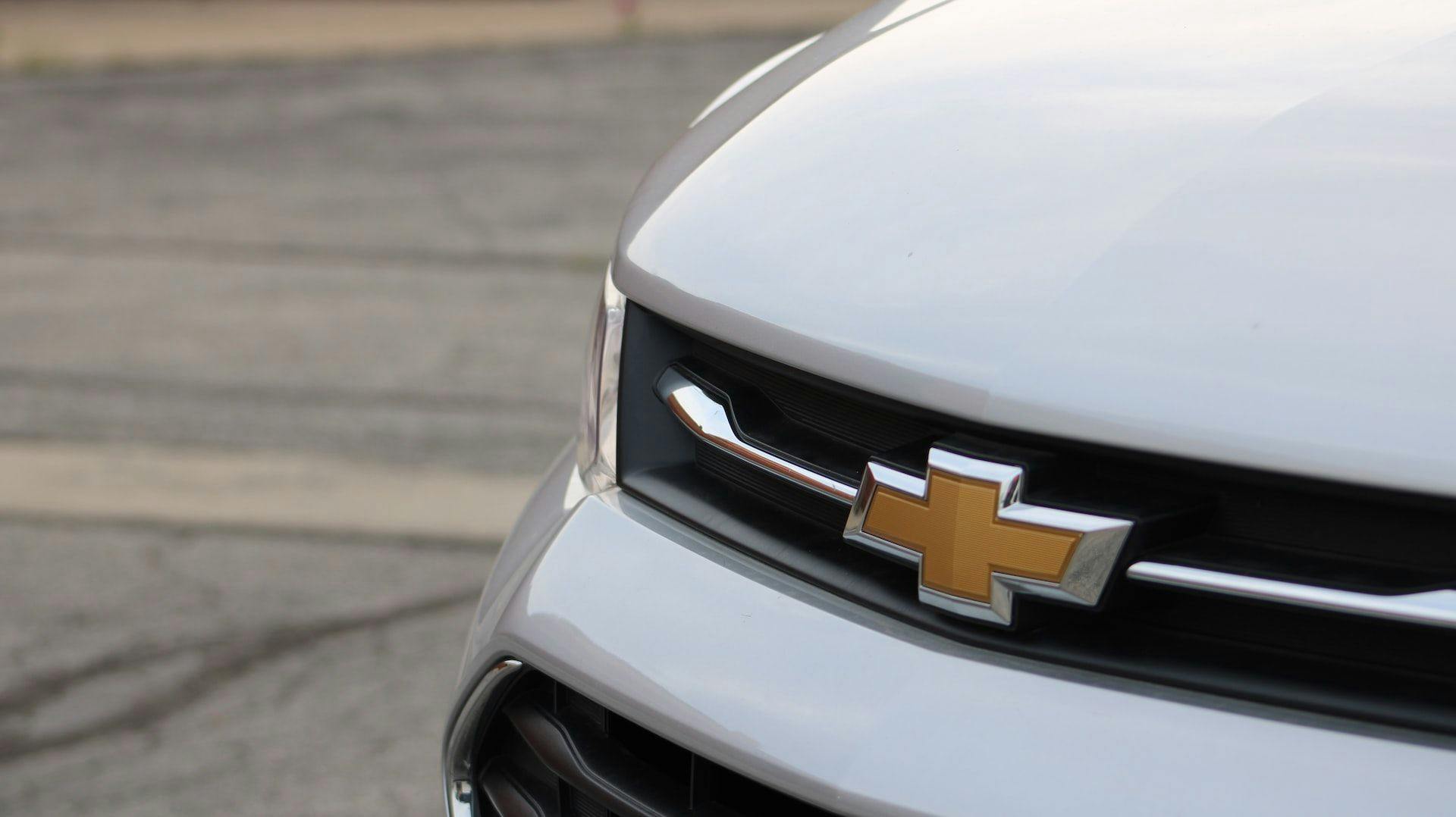How to register a car in Luxembourg and what it costs


My name is Sergey and I have been living in Luxembourg for a year. I work as a cloud engineer for a large IT company. That's what brought me to the Grand Duchy.
Car or bus
There's another reason we chose the car. It's a convenient way to transport your personal belongings, especially when you're in a hurry. Just throw everything in and off you go. I have travelled a lot for for business purposes. What happens to my luggage sometimes made me want to cry.
The fact that the car is almost essential for getting around the country is another argument in its favour. Public transport is something Luxembourg is proud of. I don't really have any complaints about it in the capital. Except that I work in Esch-sur-Alzette, on the border with France. Getting there is quite a challenge.
There have been many occasions when the buses haven't arrived. You look at the timetable and there's a "5 minute delay". Then it's 15, then 20. Half an hour later you realise it's not coming at all.

You can take the trains but there are also problems with it. For example, the train line to Esch-sur-Alzette was under repair for most of the summer. And the trains either didn't run at all, or they ran to some station and then you had to get back on the bus. Long story short, it wasn't easy.
The issue of legalising the car was also a matter of some urgency. A few times I had to use the car for short trips. I didn't want to take the risk of long journeys, because if you get caught by an inspector, the fines are quite high here.
I thought that I would be able to do it in a couple of weeks. In fact, it turned out that the documents I needed were nowhere to be found. You won't even know you're missing anything until you get there in person.
But first things first.
First of all — the car number plates
Getting legalised can be very confusing for some people from different contries. Usually you buy a car firstly, then you go to the registration office, they check it and issue the documents, and after that you have the plates.
In Luxembourg, it's the other way round. First you get the number plates!
You can book number plates at Guichet or choose from a pool of available numbers. It is possible to have a bit of customisation, but it will be more expensive. For those who like to show off their numbers, you can even queue for some unique plates.
When I received Guichet's reply, I printed out the letter and took it to the company that makes the plates. I paid for the production and after a while the plates were ready. At the moment they are not yet registered on any vehicle, so you can pick them up and put them wherever you like.
Customs is not a big deal
Importing the car was the next step. As I arrived in mine, it had to go through customs.
There are two options for car registration:
- As a personally owned vehicle. No customs fees are payable in this case.
- Directly as imported. In this case you have to pay a customs duty of 10% of the cost of the car. And on top of that there is the VAT — 17% of the cost.
Of course I took the first option. And as it turned out, it is almost impossible to do anything without a customs agent. There may be a few other options out there, but I haven't found them yet.
There are several customs agents in Luxembourg. I had no idea which one to choose. So my plan was to ask for advice at the customs office itself.
I would recommend anyone who has to go through such a procedure to do so. In Luxembourg it is not as frightening as it seemed.
They gave me a list of companies and even highlighted the ones that deal with cases like mine. For example, there are companies that only specialise in commercial vehicles.
I chose one of the closest ones geographically. But I didn't write or make any phone calls beforehand. That was a mistake.
Well, I got to the company and it was closed. I was there for 30 or 40 minutes when a man came in, obviously to do some work.
"Where are you going?" he asked.
"To the company. I want to import my car," I told him.
"But have you contacted us before?" the man replied.
"No, not really" was my answer.
"Well, here's a card with the contact details - you'll have to make an appointment first!"
So I became the owner of a card with all the contacts. I went back home and wrote an email: described my situation, attached the documents and sent it. It was a day or two before they replied.
However, they provided me with guidance about all the paperwork I had to fill in. I was allowed to come back the next time whenever it suited me.
You just had to make an appointment to be sure they were there. And of course there was a charge for the service — it was either 200 or 250 euros. By the way, they only accept payment in cash.
After that, I made an appointment to go to the customs office. But you can also just show up. They have two lines: one with an appointment and one without.
I handed over all of the documents and I also included the technical papers for the car. To be sure there would be no questions, I had them translated into English beforehand. And there was no: I waited for a while and was given my motorway tax sticker №705. This is a piece of coloured paper — a proof that the car has been through customs successfully.
Car registration with SNCA
You will need to contact the SNCA to arrange this. You can do this on their website, that is a familiar story. You make an appointment, fill in the paperwork and turn up on the agreed date.
A reply will be sent to your email address. It is both an application form and a memo at the same time. The memo is in French only. It is a very useful document.
The memo gives details of specific cases, procedures and, most importantly, the documents that are required. I saw one important point I hadn't thought of — the mandatory technical inspection.
To register and undergo a technical inspection, you must have car insurance.
I thought, "Great! I've got a checkpoint right next to my house". I went there with my car all dressed up — I washed it specially. And they're like: "Who are you?" They only speak Luxembourgish! But we managed to understand each other somehow.
I've found out that it's not possible to get a technical inspection done if you haven't started registering. In other words, the technical inspection will not be carried out if the registration form is not marked.
I went to the SNCA and explained again that I wanted to register my car. They understood and took the registration certificate. The truth is that as long as the car is registered in Luxembourg, the registration certificate is kept there.
I was given a registration form. It explained all the stages of the registration process. The rest of the paperwork was done without any problems. But there is also a technical part. An adventurous one.
Certification is an important step
As soon as I got to the technical department, I was asked: "Do you have an EU certificate (vehicle certificate of conformity with EU environmental standards — ed.)?" I did not.
I knew I would need this document back in my hometown. Then I tried to contact the department, but still no answer. I decided to solve the problem on the spot. And that's when the question of the certificate came up.
It turns out that it is possible to register the car without a certificate. But only as personal property. In other words, it cannot be sold, donated or even transferred to someone else. And you still have to go through some sort of certification.
I got the contact details of two companies that work with these cars. I wrote to both of them and they both said more or less the same thing: "Come and we'll do a test drive". The only difference was that in one of them it cost 400 euros and in the other one it cost 250 euros. I went to the second one, of course.
I explained the situation for the hundredth time. They took my documents and left. There was a half-hour wait in the reception area. At the end of it, one of the employees came up to me and said: "Let me see your car". I said: "Here it is, the car. Just like in the documents".
The employee takes a quick look at the car and says:
"Great, we'll give you a certificate in a week".
"Can't we do it now?"
"Not now, we'll send you a document by email. It will have a digital signature, so there will be no problem. Pay for the service, it's 250 euros."
The funny thing is that this paper was almost an exact copy of my vehicle licence. In other words, I gave them the driving licence, they transferred the data from it to their form, added a few things and that was it. I have to admit that I would also like to earn 250 euros a day this way.
There was nothing to do: I went home. A few hours later, I checked to see and it had already been emailed to me. It was a same-day delivery. So it turns out they could have done it on the spot? Why did they say such deadlines?
Well, never mind, I thought. "Now that I have collected almost all necessary papers, I can try to pass the technical inspection".
Technical inspection
I learned my mistake from the last visit to the service station. So, this time I made an appointment. I was lucky — I went to an employee who spoke English as well as Luxembourgish. He looked at my documents and gave me one:
Here is your SNCA application form. Everything is in order and correct. But there's no barcode! I can't find you in the database! Sorry, I can't do anything without a barcode!
What should I do? I came home and made an appointment with the SNCA. I'd been there before. A few days later I came there and said: "Here's the problem, help me, I have pussycat paws". At least I didn't have to wait again — they quickly stuck the barcode on and the next morning I finally got the technical report.
The final stage of registration
I was naive enough to think that the deal was almost done: I had all the papers, I would just bring them in and register the car. But it wasn't like that.
I went to the SNCA for the thousandth time, they took the documents and started to process them. And then it turns out that I don't have another application.
As my car is not from the EU, I have to write a special application to the Ministry of Transport to register it.
I filled in the paperwork on the spot because they gave me a sample. I gave it to the clerk and he gave me a fracture for 88 euros.
The question is, for what? For the fact that I did the application form and for their help. I couldn't do anything about it, so I paid them. They sent it all to the department. I got an official reply on paper that they had approved it in about a week.
Back to the SNCA:
"Are we sure it's over this time?"
"We are sure. Should we register?"
"Yes!"
"Great, that'll be 126 euros!"

Once paid for, the certificate was issued. And the one that had become an alternative to the EU environmental certificate (that one with cost of 250 euros). I was told that, as the inspectorate might need them for verification, I should always carry both certificates with me, along with my insurance policy.
I took the documents and breathed a sigh of relief: There was nothing left to do but pay the transport tax. It is not a big deal, especially not very fast. Drivers have official permission to drive for 30 days without paying because the tax is written off by another department. And that seems to be the happy ending, but no.
That's fine
I decided to check that all the documents were filled in correctly on my way home. I opened it. It was not a Chevrolet, it was a Toyota. And the engine is not petrol, but diesel... And then it was the holidays for next week, no one was working...
During that time, I received a tax bill that said what? That's right — a Toyota diesel.
And here I am back at the SNCA. I tried explaining the problem to three people. They didn't believe me that there was a mistake in the document, they said, "That's fine!"
In the end, only the third person did a careful comparison. "Yes," he said, "a mistake!" I was about to go up to the same person who had done all this for me and ask him to find five differences between the two documents.

But unfortunately he wasn't there that day. In the end, everything was redone and I immediately double-checked all the data — it was correct. But there was still one thing left to do.
I go to the same person and give him the tax bill:
"What should I do with this?"
"What's wrong with it?"
"It's all wrong, it's a Toyota and it's diesel."
"Ah, there's a phone number, call them, you have to do it yourself".
I wrote them an email, not a phone call of course. I attached valid documents, I attached the wrong message. I even put red circles around it to make the errors clear.
Guess where they sent me? TO THE SNCA! That's when I realised that the letter hadn't been read carefully. I explained what, where and why they had gone wrong, step by step. This time it worked: they issued me with a new tax bill and a cancellation of the old one.
A note for drivers
The fact that all these details, procedures and necessary documents are not described anywhere is the most frustrating part of the whole story. It all had to be experienced first hand, literally. To summarise.
To register your car in Luxembourg, you must:
- Order and receive number plates.
- Import the car through customs.
- Start the registration process with the SNCA. Check that the form has a barcode on it.
- Obtain an EC certificate of conformity or equivalent.
- Carry out an inspection.
- Submit all documents to the SNCA.
- Wait for a reply from the ministry.
- Receive the documents.
- Check that everything is correct!)
- Pay your taxes.
- Enjoy your trip.
However, the main question every car enthusiast has to answer is: do you really need it? Here is a step-by-step guide to the cost of all the work involved in the legalisation of your car.
Rough order of prices:
- Order of the car number plates: 50 euros (Guichet).
- Production of the plates: 35 euros (price depends on the production company).
- Customs broker: 250 euros (ALS).
- Vehicle certificate: 250 euros (ATEEL).
- Vehicle registration fee: 88.4 euros (SNCA).
- Technical inspection: 66 euros (LU KS.lu)
- PTI (apparently a fee for producing documents and subsequent registration "in error"): 126 euros (SNCA)
Total we get: 865.4 euros
Think twice about bringing and registering your car here. Especially if you are not prepared for the expense and adventure.
Learn more about tandransport and driving other important topics in the Knowledge Library:
Share your stories with us. If you would like to tell us about moving to Luxembourg and about life here, please write to our editors via Telegram or email editorial@luxtoday.lu. One person's experience can help many.